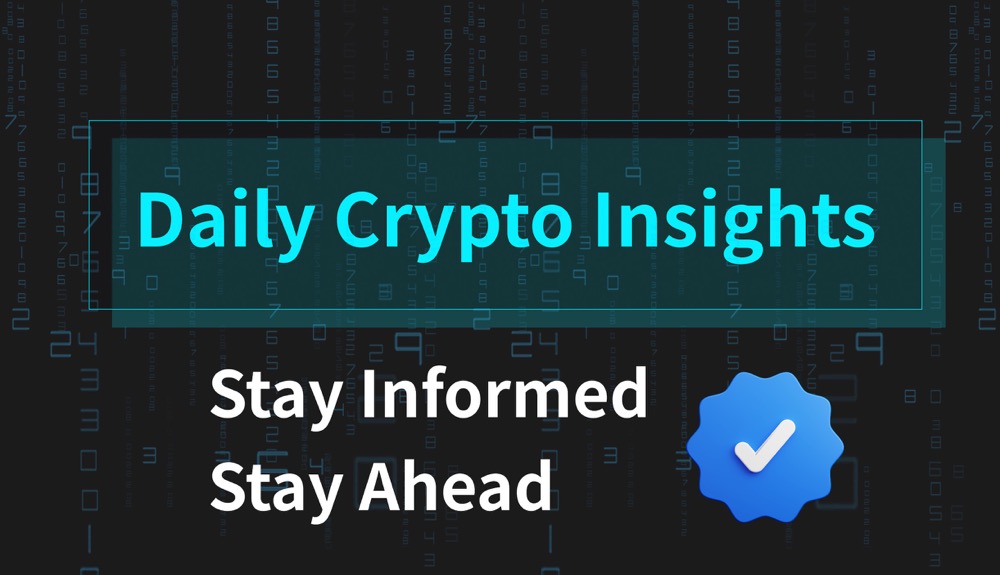Polygon Labs says ZK proving system Plonky3 is production-ready, set to integrate into AggLayer
Quick Take Polygon Labs announced that Plonky3, the latest version of its ZK proving system, is now production-ready for developers. Polygon plans to use Plonky3 in its upcoming AggLayer, an interoperability layer designed to facilitate unified liquidity and security across a network of chains.
Researchers at Polygon MATIC -1.092% Labs announced that Plonky3 — the latest version of its proving system for zero-knowledge proofs — is "production-ready" for developers.
With the latest version of its open source and modular proving system, Polygon aims to enable developers to build their own zero-knowledge virtual machines (zkVMs) or zero-knowledge Ethereum virtual machines (zkEVMs). These are customized blockchain environments capable of using zero-knowledge proofs to validate transactions’ validity — essential for scaling dapps.
Plonky3 is an advancement of Plonky2 , launched in 2022 as a fast ZK proving system. Plonky3 has decreased the time required to generate proofs, making it faster than Plonky2. This improvement will further reduce the computational overhead and costs associated with generating and verifying proofs in ZK rollup chains.
Blockchain projects like Valida and Succinct Labs’ SP1 have already adopted Plonky3. SP1, in particular, uses Plonky3 to efficiently prove arbitrary Rust code. Succinct is a contributor to the development of Plonky3.
Polygon plans to use Plonky3 in its upcoming AggLayer — an interoperability layer designed to facilitate unified liquidity and security across a network of chains.
“For example, Plonky3 powers SP1, a general-purpose zkVM that supports standard Rust. SP1 is vital in the AggLayer for ensuring the safety of cross-chain interoperability,” Daniel Lubarov, co-founder at Polygon Zero, told The Block in a statement.
Integration into Polygon 2.0
Polygon is developing a Layer 2 ecosystem based on ZK-Rollups. Polygon 2.0 will bring together multiple Layer 2 chains rooted in ZK rollups, enabling cross-chain communication.
Plonky3 will allow the Polygon 2.0 ecosystem to use a single prover for all on-chain interactions, streamlining proof aggregation and verification processes. The end result may be a single, high-performance proving system that will underpin the entire network.
AggLayer will help link these Polygon 2.0 chains and settle ZK-based security proofs back on Ethereum to secure them at once. The mechanism simplifies the process of converting or securely transferring native Ethereum assets from one chain to another.
Disclaimer: The content of this article solely reflects the author's opinion and does not represent the platform in any capacity. This article is not intended to serve as a reference for making investment decisions.
You may also like
Research Report|BUILDon Project Overview & $B Market Cap Analysis

Litecoin (LTC) Retesting Bullish Breakout – Can it Make a Bounce Back?

Worldcoin (WLD) Approaches Key Resistance – Is a Breakout on Horizon?


